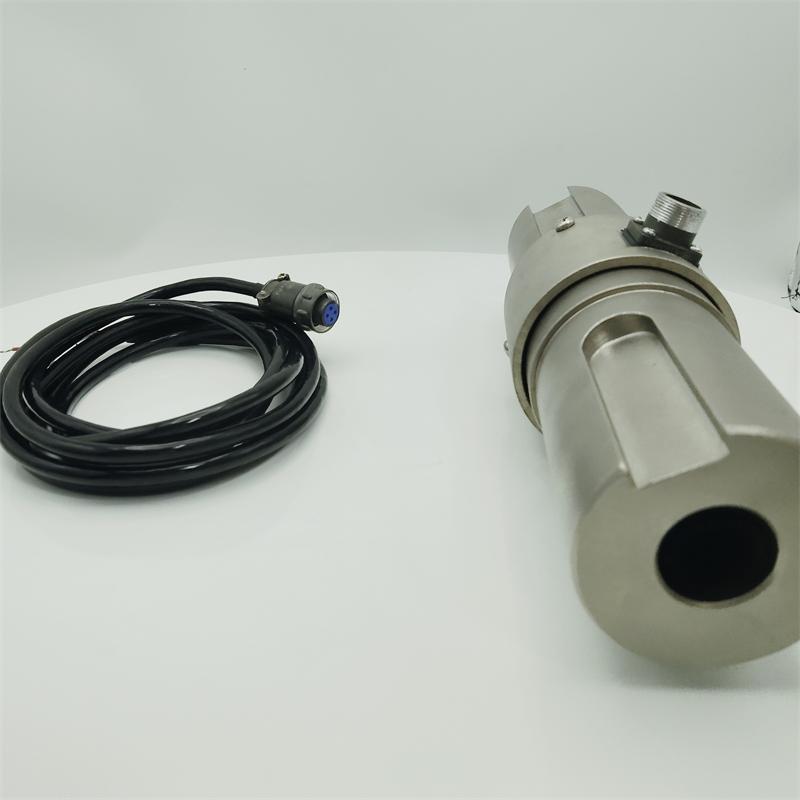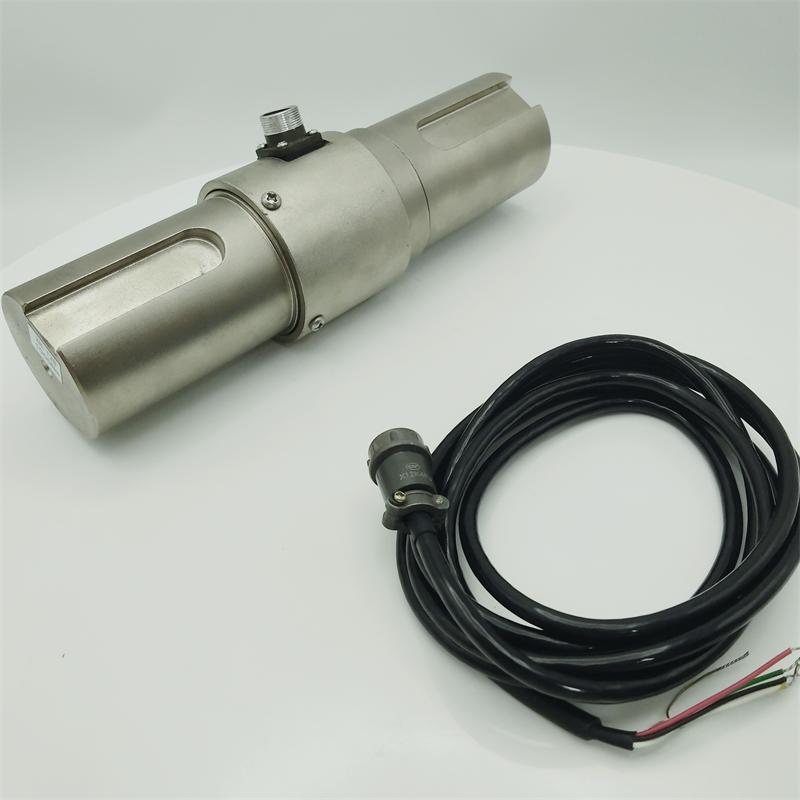Call: +86-18906823975
Mail: fonda@zhihe-tech.com
Site: No.333 Changhong Middle Street, Fuxi District,Deqing County, Zhejiang Prov., China

Torque sensors are designed to precisely measure rotational or torsional torque, making them essential in virtually all industrial and research fields that require monitoring, controlling, or analyzing rotational power transmission. Their applications are extensive and can be broadly categorized into the following areas:
1. Industrial Automation and Manufacturing
This is the most traditional application field of torque sensors, aimed at improving production efficiency, ensuring product quality, and enabling automated control.
Smart Manufacturing and Robotics:
Robot Joints: Used in the joints of industrial robots, collaborative robots, and humanoid robots to provide "force feedback," enabling precise force-controlled operations (e.g., assembly, grinding, polishing), ensuring safe human-robot collaboration (automatic stop upon collision), and adaptive grasping of objects of varying weights.
Automated Assembly Lines: Used to monitor torque during screw fastening and cap tightening, ensuring processes meet technical requirements and preventing over-tightening (which damages threads) or under-tightening (which causes leaks or loosening). This is one of the most common applications.
Motor and Engine Testing:
Used in the R&D and factory testing of motors, internal combustion engines, turbines, and other power devices. Paired with dynamometers, torque sensors precisely measure output torque, speed, and power to generate efficiency maps, making them critical for performance evaluation.
Process Quality Control:
Monitoring the operational status of production equipment (e.g., mixers, rolling mills, conveyor belts). Changes in torque values help detect overloads, wear, or failures, enabling predictive maintenance.
2. Automotive Industry and Transportation
Torque sensors are ubiquitous in the automotive sector, from R&D to testing and real-time control.
R&D and Test Benches:
Engine Bench Testing: Measuring the output torque of engines under various conditions.
Transmission Testing: Evaluating transmission efficiency, shift smoothness, and lifespan.
Vehicle Testing: Testing vehicle performance, fuel economy, and emissions on dynamometers.
Vehicle Control Systems (Real-Time Applications):
Electric Power Steering (EPS): Measuring the torque applied by the driver to the steering wheel to provide precisely calibrated power assistance, a standard feature in modern vehicles.
New Energy Vehicles: Used for real-time torque monitoring and control in motors and electronic control systems, serving as a core component for ensuring driving efficiency and control accuracy.

3. Aerospace and Defense
This field demands extremely high precision, reliability, and durability from sensors.
Aircraft Engine Testing: Conducting rigorous performance tests on turbofan and turboprop engines on ground test benches.
Helicopter Transmission Systems: Monitoring the torque of main rotor and tail rotor drive shafts, critical for flight safety.
Spacecraft Attitude Control: Used for torque monitoring in satellite solar panel deployment mechanisms or force feedback control in certain actuators.
4. Energy and Heavy Machinery
Wind Power Industry:
Installed at the input/output ends of wind turbine gearboxes to monitor wind load torque, optimize pitch control for maximum power generation efficiency, and protect the transmission system from gust impacts.
Marine Propulsion Systems:
Measuring propulsion shaft torque to calculate engine output power and propulsion efficiency, and monitoring shaft alignment.

5. Medical and Rehabilitation Equipment
This is a rapidly growing application field that requires sensors to be compact, precise, and safe.
Surgical Robots: Providing haptic feedback to surgeons, enabling them to sense the operational force at the end of surgical instruments for more precise and safer procedures.
Rehabilitation Equipment: Used in the joints of smart prostheses to adapt movements based on contact force; also used in rehabilitation robots to quantitatively assess patients' strength and progress.
6. Academic and Scientific Research
Material Mechanics Testing: Used to measure material properties under torsional stress, such as shear modulus and yield strength.
Biomechanics Research: For example, measuring the torque output of athletes when pedaling a bicycle to analyze performance and technique.
In conclusion, any application that requires precise knowledge and control of "rotational force" is a potential use case for torque sensors. With the advancement of Industry 4.0, smart vehicles, and high-end equipment manufacturing, their application prospects will continue to expand.